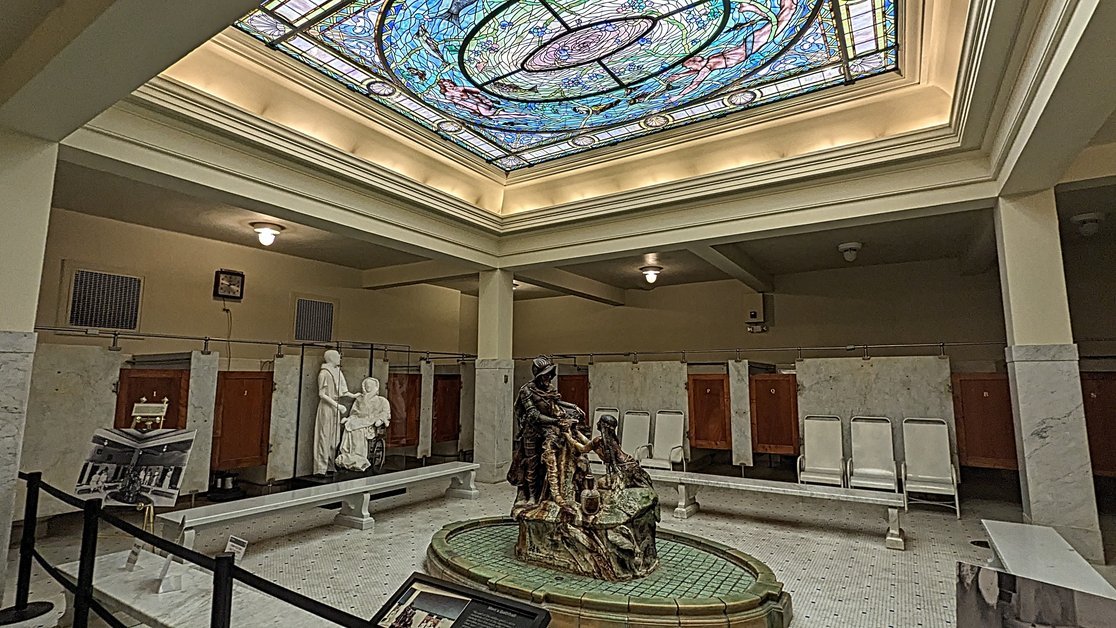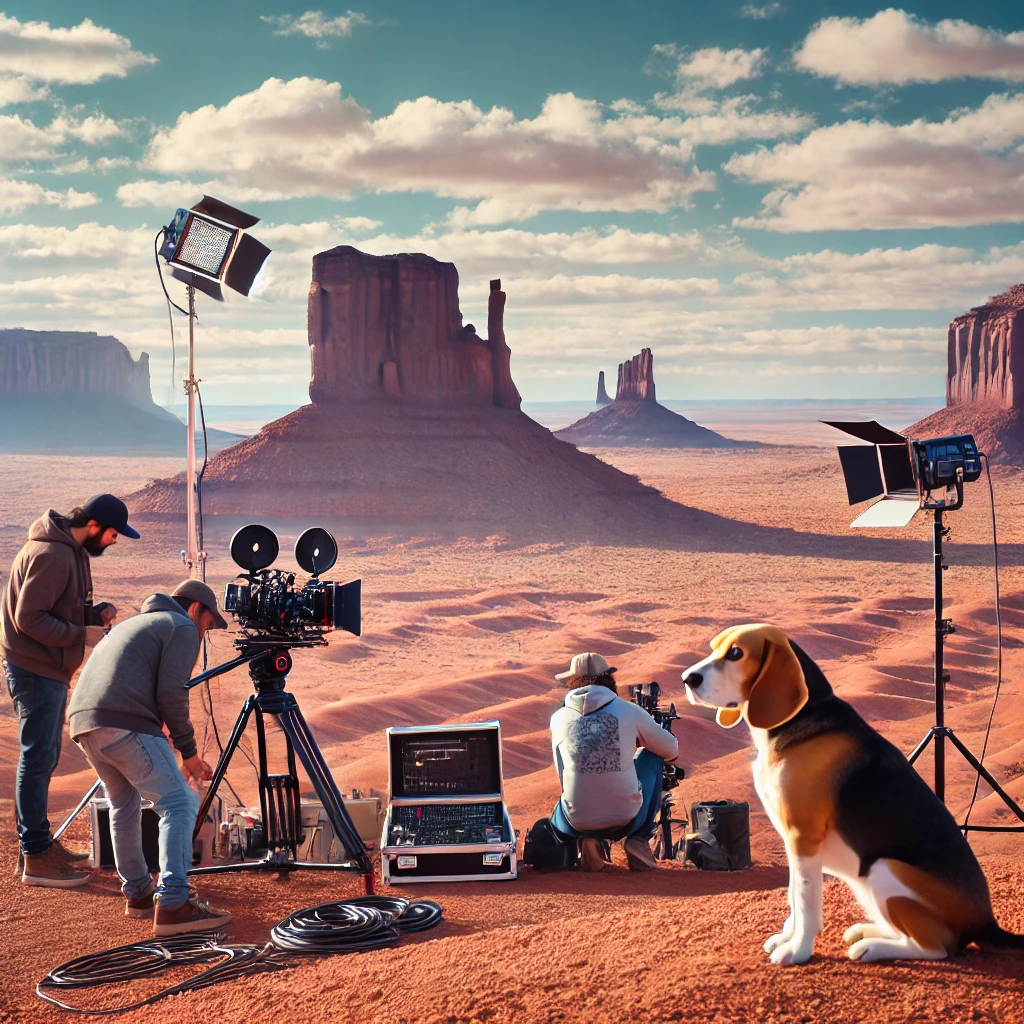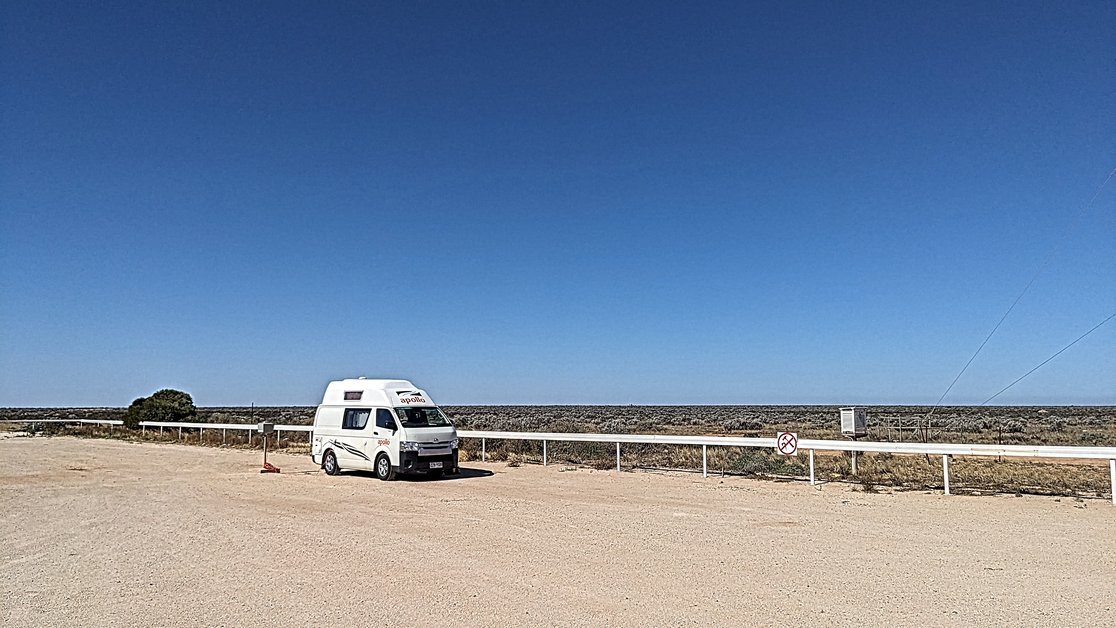Over a million and a half people visit Hot Springs National Park each year, drawn by its natural hot springs and scenic Ouachita Mountain backdrop. This site became America’s first federally protected reservation in 1832, even before Yellowstone claimed the official “National Park” title. Today, it offers thermal baths, dog-friendly hikes, and a glimpse into how natural healing traditions continue in a modern world.
The History of Hot Springs and the Birth of a National Park
Hot Springs National Park has roots that stretch far beyond its official designation. Historians believe Native Americans frequented the area’s thermal waters for their soothing effects long before any European settler stepped foot in Arkansas. By the early 1800s, doctors and travelers had begun promoting these healing baths, often referring to them as nature’s remedy. Seeing the potential, the U.S. government set aside the “Hot Springs Reservation” in 1832. This move preceded Yellowstone’s creation as the first official “National Park” by about four decades, a fact that makes many park enthusiasts view Hot Springs as a precursor to the entire national park system.
Because of increasing popularity, Congress changed the reservation’s status to Hot Springs National Park in 1921. This shift helped protect the natural and cultural resources from unchecked tourism growth. The park’s story offers insight into America’s evolving relationship with public lands, revealing how early legislation aimed to preserve both ecological wonders and sources of public health.
The park’s natural history is intertwined with geothermal activity in the Ouachita Mountains. Rainwater seeps deep into the earth before warming up and rising to the surface through fractures in the rock layers. This process takes thousands of years, meaning the water that bubbles up today fell as rain during the time of ancient civilizations. Visitors find that sense of deep history fascinating because it connects them to an ongoing natural cycle.
Over time, early bathhouses popped up to serve the streams of visitors wanting to soak in the waters. The 19th century saw makeshift huts replaced by more elaborate structures, laying the foundation for the ornate buildings still found on Bathhouse Row. These structures combined health therapies with social gatherings, becoming a major draw for tourists looking for relaxation and community.
Those considering a deeper study of how the National Park Service evolved can also compare this park’s origins to Exploring Yellowstone National Park: A Dog-Friendly Adventure on Kango Anywhere. It’s another example of a unique geothermal site that gained federal protection. Each park has its own story, yet the shared mission is clear: preserve America’s cherished natural wonders.
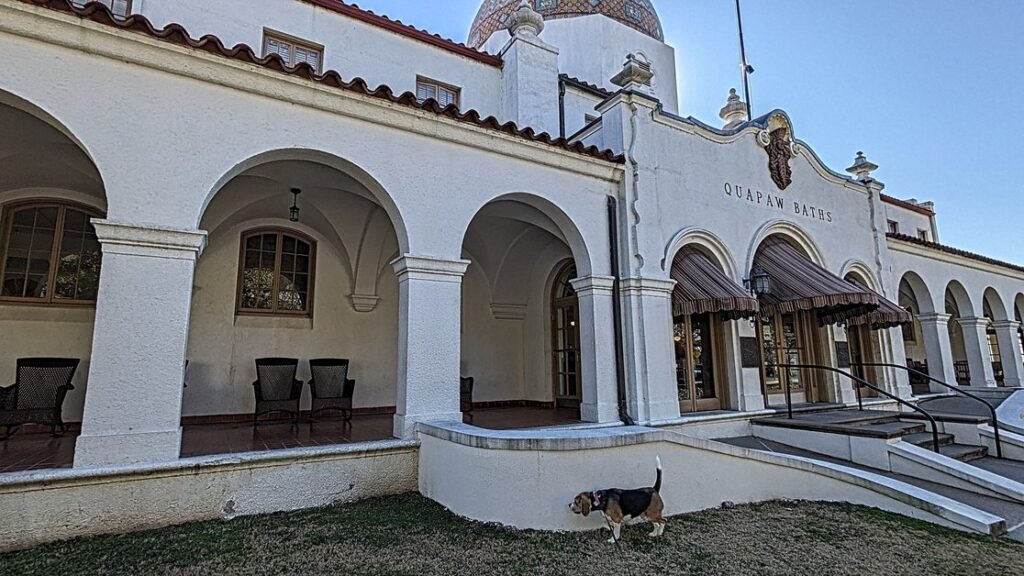
Exploring Bathhouse Row and Fordyce Bathhouse Visitor Center
Bathhouse Row stands as one of the most recognizable features of Hot Springs National Park. Each building has a distinct architectural style, reflecting trends from the late 19th and early 20th centuries. The carefully preserved exteriors demonstrate a mix of Spanish, Italian, and Mediterranean influences that continue to attract architecture enthusiasts. This row was once the epicenter of social life, where visitors would soak, relax, and even dance in grand ballrooms attached to certain bathhouses.
The Fordyce Bathhouse Visitor Center is a must-see. It’s been turned into a museum that details the history of thermal bathing, featuring a restored gymnasium, bathing rooms, and massage areas. These exhibits shed light on how people traveled from across the country, hoping to ease ailments or enjoy a leisure retreat. Interactive displays invite visitors to discover vintage hydrotherapy equipment and the historical shift toward more regulated spa practices.
Families can explore the exhibits together. Younger kids usually marvel at the old medical devices, while older visitors often find themselves comparing modern spa treatments to the century-old methods. This perspective can be helpful if you want to see how health fads evolved over time. The Fordyce Bathhouse docents also offer guided tours that provide behind-the-scenes stories. If you have a day to spare, plan to spend at least a few hours here because there’s a lot to take in.
Hot Springs has a complex relationship with the idea of healing. Some evidence supports the beneficial minerals in these springs, but the bigger story lies in the communal and cultural importance of bathing. For an in-depth look at how different national parks handle visitor engagement, check out A Week Exploring the “Big 5” National Parks in Utah. While not centered on geothermal baths, it underscores how each park’s signature attractions draw diverse visitors.

Scenic Trails and Outdoor Activities
Beyond the bathhouses, Hot Springs National Park offers an expansive network of trails weaving through the Ouachita Mountains. Hikers of all skill levels can find something enjoyable. The Hot Springs Mountain Trail, around 2.5 miles long, is a local favorite. It gives elevated views of the city below and the surrounding forest canopy. The winding route includes moderate inclines, so bring sturdy shoes and plenty of water.
Some trails lead to vantage points overlooking Bathhouse Row, while others take you deeper into the forest for a more secluded walk. In spring, you’ll see vibrant wildflowers. Fall months bring changing leaves and cooler temperatures, creating perfect conditions for day hikes. The park’s terrain is well-suited to family outings or those who want to test their endurance. More challenging routes can connect to neighboring lands, offering extended trekking opportunities.
Outdoor activities don’t stop with hiking. The park’s proximity to Lake Hamilton and Lake Ouachita opens up options for boating, fishing, and kayaking. You can rent a boat or join a guided fishing tour. Many families also pack a picnic lunch to enjoy by the lakeside, especially during sunny weekends. Even if your main goal is to relax in the thermal baths, setting aside time for an outdoor excursion helps you experience the park’s broader natural beauty.
Wildlife watchers might see white-tailed deer, birds of prey, and smaller mammals like squirrels and raccoons. Be mindful of local regulations and guidelines, as feeding wildlife is prohibited. For an insider view of how different national parks manage wild animals, head to Discovering the Mammals of Yellowstone National Park: A Wildlife Wonderland. Though the species differ, the principle of responsible viewing stays the same everywhere.

Dog-Friendly Adventures and the Bark Ranger Program
Hot Springs National Park is one of the few in the country that provide a BARK Ranger program for dogs and their owners (the other we found, and they both sold BARK Ranger keychains, was at Olympic National Park in the Pacific Northwest and at Mount Rushmore National Monument!). Hot Springs National Park welcomes dogs on most outdoor trails, provided you keep them leashed. Many visitors travel with pets and appreciate the dog-friendly environment. However, certain buildings, like the indoor bathhouses, only allow service animals. It’s best to review the park’s official guidelines to make sure you’re following proper etiquette.
If your dog loves exploring, ask about the Bark Ranger Program. It’s an educational initiative encouraging responsible pet ownership and stewardship of natural areas. After completing an activity booklet, your dog can earn a little badge that clips onto the collar. Kids often find this program fun because it combines a love for animals with learning about park rules. Participating also provides an extra sense of community among visitors who bring their pets.
Comparing Hot Springs National Park to other dog-friendly sites, you might also look into Taking Dogs to Grand Canyon National Park. While each park has unique limitations—like restricted access to certain trails—most follow a similar principle: keep dogs on leash and pick up after them. For those traveling around the U.S. with four-legged companions, these consistent guidelines can make planning much easier.
Bringing a dog adds another dimension to your park experience. You’ll see how the environment stimulates their senses, from the swirling steam around the hot springs to the wildlife scents on forest trails. Just remember to keep water for your pet, especially in the warmer months. Dogs can dehydrate quickly in the Arkansas heat.

Thermal Waters and Health Benefits
One of the biggest draws to Hot Springs National Park is the water itself. The geothermal process begins when rain seeps into the ground, traveling thousands of feet below the surface. There, the earth’s internal heat raises the water’s temperature. As it rises through natural fissures, the water collects minerals like calcium and magnesium, which can give it unique properties and a slightly different taste.
Many visitors swear by the therapeutic value of soaking in these waters. They claim it relieves muscle tension, improves circulation, and reduces stress. While scientific research on direct health benefits remains limited, centuries of anecdotal evidence suggest a real sense of relaxation. Bathhouse Row harnesses these waters for spa-like experiences, offering both traditional tubs and modern spa treatments. Some bathhouses even let you fill up water bottles at local fountains. People often line up to take home gallons of this mineral-infused water.
It’s worth noting that while the water can feel soothing, it’s not a miracle cure. The appeal lies equally in the mental relaxation of a warm soak, the scenic surroundings, and the overall atmosphere of well-being. If you want a broader look at how outdoor environments support wellness, consider reading Exploring Redwood National Park: Big Trees with Canine Limitations. Though Redwood focuses on towering forests rather than hot springs, the shared theme of nature-based stress relief is universal.
Balancing expectations is important. You can enjoy a nice soak without expecting an instant remedy for chronic conditions. Always consult medical advice for serious health issues. That said, experiencing the natural warmth and legendary “curative” waters is a highlight for many. It connects them to a history of hydrotherapy that has shaped local culture for more than a century.

Best Times to Visit and Seasonal Considerations
Hot Springs National Park sees visitors year-round, but each season presents its own set of advantages and drawbacks. Spring (March to May) brings mild temperatures, making it easier to explore trails without overheating. The blooming wildflowers and abundant wildlife activity also make this a picturesque time. However, occasional rainstorms can pop up, so packing lightweight rain gear is a good idea.
Summer (June to August) is peak tourist season. The heat and humidity rise significantly, and the park can feel crowded. On the flip side, this is when everything stays open later, and local businesses schedule more events. Families with children often visit during summer vacations. If you enjoy socializing, you’ll find plenty of opportunities to meet fellow travelers.
Fall (September to November) boasts cooler temperatures and colorful foliage. Many visitors appreciate the moderate climate because it’s comfortable for both day hikes and evenings spent soaking in hot springs. Crowds typically thin out after Labor Day, providing a quieter experience. Winter (December to February) can be chilly, though rarely extremely cold. Some attractions might have reduced hours, but the park’s indoor bathhouses remain open for that warm retreat.
Keep in mind that sudden weather changes might close certain trails temporarily. For guidance on how to handle unexpected closures, Navigating US National Parks Road Closures in Spring offers practical tips. Monitoring official park announcements can also help you adjust your itinerary, ensuring you don’t miss a highlight because of weather or maintenance.

Nearby Attractions and Local Culture
While Hot Springs National Park is the main attraction, the surrounding city offers a lively cultural scene. Downtown Hot Springs has an eclectic vibe, featuring art galleries that spotlight local talent, performance venues with live music, and quirky shops selling everything from handcrafted souvenirs to modern art pieces. This blend of old-fashioned charm and contemporary flair appeals to visitors who want more than just a nature escape.
If you visit at the right time, you might catch one of the city’s many festivals. Art shows, music gatherings, and even soapbox races bring the community together. Many events pay homage to the region’s history, tying in themes of water, health, and hospitality. Stopping by a local café or restaurant can give you a taste of Southern cooking. Hot Springs is known for its barbecue and comfort-food staples, though you’ll also find healthier options and even vegan-friendly spots.
Beyond the city limits, you can explore Lake Hamilton or Lake Ouachita for boating and fishing. Outdoor enthusiasts who want to expand their trip might consider places like the Ouachita National Forest. Some travelers plan extended road trips through multiple parks. If that sounds appealing, read Celebrating an Epic Road Trip Across America: 20,000 Miles, 17 National Parks, and 12 Fuses for ideas on how to structure a longer journey without breaking the bank.
If you’re curious about history, the area also has gangster lore. In the early to mid-1900s, notorious figures reportedly visited Hot Springs for gambling and spa treatments. Today, museums and historical tours shed light on this intriguing aspect of local heritage. Taking a guided walking tour through downtown hotspots and historical bathhouses can help you piece together the city’s storied past.

Travel Tips and Budget-Friendly Ideas
- This section offers practical advice for saving money and maximizing your visit.
- Bullet Points:
- Inexpensive lodging options
- Dining tips and picnic suggestions
- Using park passes and leveraging free events
A trip to Hot Springs National Park can be as budget-friendly or luxurious as you make it. For travelers looking to save money, consider visiting during off-peak months, such as late fall or early spring. Hotel rates tend to drop during these times, and some bathhouses may offer promotional packages. If you don’t mind roughing it a bit, campsite rentals are cheaper than hotels. The park includes some basic facilities for RVs and tents, though you should reserve in advance.
Dining on a budget can be easy. Head to local markets to pick up fresh produce and snacks for picnics. There are designated picnic areas within the park where you can spread out and relax. If you’re craving restaurant meals, ask about lunch specials or early bird deals. Many eateries run weekday promotions that won’t drain your wallet. Also, skipping alcoholic beverages can cut costs significantly in a sit-down restaurant.
For park access, check if you’re eligible for an America the Beautiful Annual Pass. It covers entrance fees at national parks, including Hot Springs. If you’re a U.S. veteran or have certain disabilities, you might qualify for free or discounted passes. The park’s website details all the relevant information, but planning ahead can save you time and money. Also look for free ranger-led activities, especially during National Park Week or other celebration days.
Families traveling with kids can keep them engaged through the Junior Ranger Program. It’s free, fun, and educational. Completing the workbook activities helps children better appreciate conservation. For an overview of other ways national parks engage younger visitors, see The US National Parks Junior Ranger Program for Toddlers. Teaching kids about nature early sets a foundation for future visits and a lifelong respect for these protected areas.
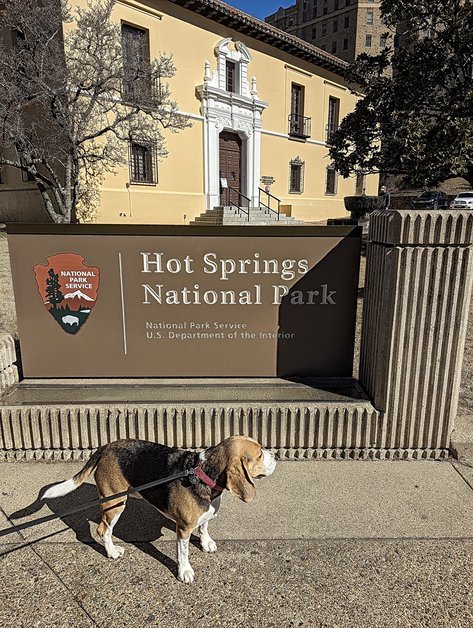
Frequently Asked Questions
1. Are the thermal baths safe for everyone?
Most healthy adults can enjoy the baths without issues. Those with certain heart or circulatory conditions should consult a doctor before soaking in hot water.
2. Can my dog enter the bathhouses?
Only service animals are allowed inside the bathhouses. Leashed pets are welcome on many outdoor trails, and the park offers a Bark Ranger Program to encourage responsible visitation.
3. Is there an entrance fee?
Hot Springs National Park does not charge a separate entrance fee for walking or exploring the trails. However, if you’re driving in and using facilities, check the latest information on the National Park Service website to see if any fees or permits apply.
4. Do I need to bring my own towel or bathing suit?
If you plan to use the thermal baths in the historic bathhouses, bring a swimsuit. Many bathhouses provide towels or robes, but some charge a small rental fee. It’s best to verify with the specific bathhouse you intend to visit.
Enjoy your journey to Hot Springs National Park, where geothermal wonders meet a storied heritage. Whether you’re unwinding in a historic bathhouse, exploring forest trails, or discovering local culture, the experience offers a unique blend of relaxation and learning for every traveler.

